No products in the cart.
WordPress Localization and Multilingual Design Plugins Dominate Global SEO
In today’s interconnected digital landscape, WordPress Localization and Multilingual Design Plugins have become essential tools for businesses looking to expand their global reach. With over 60% of internet users preferring content in their native language and non-English e-commerce markets growing by 25% annually, multilingual websites are no longer optional for international success. This comprehensive guide explores the top WordPress multilingual solutions, helping you choose the perfect plugin to transform your single-language site into a global powerhouse that resonates with diverse audiences worldwide.
I. Why WordPress Multilingual Plugins Matter
1. The Global Digital Landscape
The internet has evolved into a truly multilingual space where English represents only 25% of total web content. Recent studies show that 75% of consumers prefer purchasing products in their native language, while 60% rarely or never buy from English-only websites. This shift has created unprecedented opportunities for businesses willing to invest in WordPress internationalization (i18n) and WordPress localization (l10n) strategies.
E-commerce growth in non-English markets has outpaced English-speaking regions by 40%, with Asian and European markets leading digital transformation initiatives. Users consistently demonstrate 3x higher engagement rates when browsing websites in their preferred language, making multilingual accessibility a critical factor for global audience reach and international expansion success.
2. Business Benefits of Multilingual Websites

Business Benefits of Multilingual Websites
Implementing multilingual WordPress solutions delivers measurable business advantages that extend far beyond simple translation. Companies typically experience 15-25% increases in organic traffic within six months of launching multilingual websites, with improved user experience localization driving higher conversion rates and reduced bounce rates.
Market penetration opportunities multiply exponentially when language barriers are removed through effective cultural adaptation strategies. International SEO benefits include expanded keyword opportunities, reduced competition in non-English markets, and improved global brand consistency across diverse geographical regions.
3. Technical Advantages of Plugin-Based Solutions
WordPress core provides basic internationalization support, but dedicated multilingual plugins offer sophisticated translation management systems that integrate seamlessly with the existing WordPress ecosystem. These solutions handle complex technical requirements including hreflang tags implementation, proper URL structure management, and automated multilingual SEO optimization.
Plugin-based approaches eliminate the need for separate WordPress installations for each language, reducing maintenance overhead while ensuring consistent updates across all language versions. This unified approach supports efficient translation workflow management and enables seamless integration with professional translation services.
II. Understanding WordPress Localization vs. Translation
1. Internationalization (i18n) Fundamentals
Internationalization prepares WordPress websites for multilingual implementation by establishing the technical foundation required for multiple languages. This process involves configuring themes and plugins for translation-readiness, implementing proper text domain declarations, and structuring code to support dynamic language switching without compromising functionality.
URL structure considerations play a crucial role in internationalization planning. Website owners must choose between subdomain vs subdirectory approaches, parameter-based language identification, or domain-based solutions. Each method offers distinct advantages for different business models and international SEO strategies.
2. Localization (l10n) Best Practices
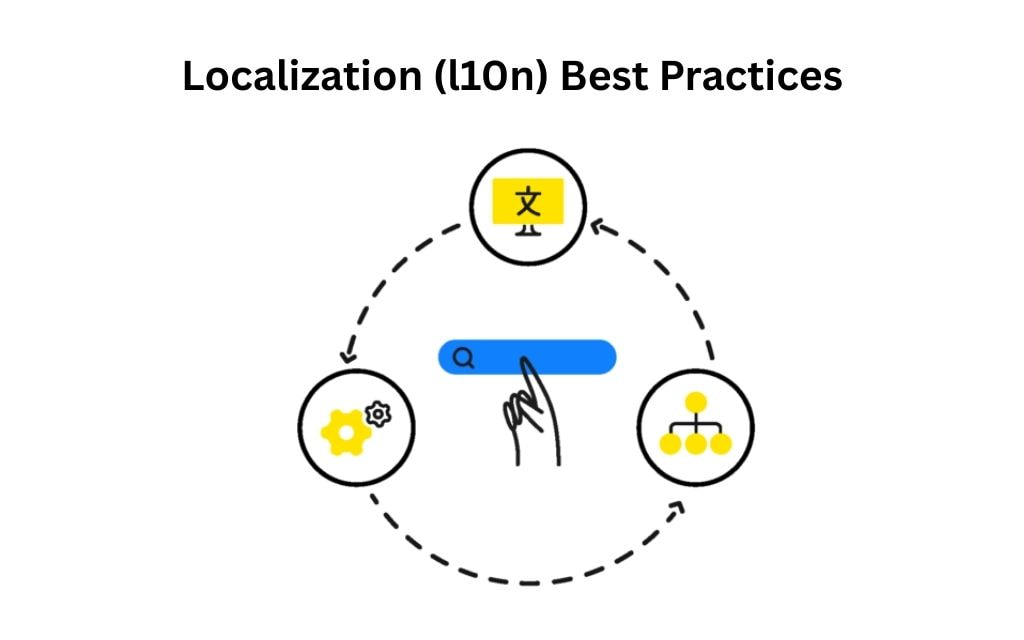
Localization (l10n) Best Practices
Localization extends beyond simple translation to encompass complete cultural adaptation of website content, functionality, and user experience elements. This comprehensive approach addresses regional compliance requirements, currency conversion systems, date formatting preferences, and cultural sensitivity considerations that impact user engagement.
Effective localization strategies incorporate geo-targeting capabilities, market-specific content personalization, and cross-cultural communication principles that resonate with local audiences. Professional WordPress translation services often provide expertise in these nuanced aspects of international conversion optimization.
III. Top 7 WordPress Multilingual Plugins
1. WPML (WordPress Multilingual Plugin)
WPML stands as the industry standard for enterprise-level multilingual WordPress implementations, offering unparalleled compatibility with over 40 popular themes and 100+ plugins out-of-the-box. The plugin’s advanced translation memory system reduces translation costs by up to 40% through intelligent content reuse and consistency maintenance across all language versions.
Key Features:
- Native integration with WordPress Gutenberg editor
- Advanced translation management with role-based access control
- Comprehensive WooCommerce multilingual support including product translations
- Professional translation service integration with Smartling, Phrase, and other leading platforms
- Sophisticated multilingual SEO plugin WordPress functionality with automatic hreflang implementation
WPML Pricing Structure: The personal plan starts at $39/year for basic multilingual functionality, while the Multilingual CMS plan ($99/year) includes advanced custom field translation. The agency plan ($199/year) provides unlimited site licenses and priority support. Many users search for ways to buy WPML license at discounted rates, though official pricing remains consistent across authorized resellers.
WPML excels for complex multilingual projects requiring extensive third-party plugin compatibility and advanced workflow management. However, its complexity and cost may overwhelm smaller websites with basic multilingual needs.
2. TranslatePress
TranslatePress revolutionized WordPress translation by introducing visual front-end editing capabilities that allow users to translate content directly on live website previews. This innovative approach eliminates the confusion often associated with traditional backend translation interfaces while maintaining professional-grade functionality.
Key Features:
- Visual translation editor with live preview capabilities
- Automatic translation API integration with Google Translate and DeepL services
- SEO-friendly URL structure with proper hreflang implementation
- Translation of dynamic content including JavaScript-generated elements
- Native compatibility with WordPress Gutenberg and popular page builders
TranslatePress Pricing: The free version supports one additional language with manual translation capabilities. Premium plans start at $89/year for unlimited languages and automatic translation features. Users often search for TranslatePress coupon code opportunities, particularly during seasonal promotional periods.
TranslatePress provides an ideal balance between user-friendliness and professional functionality, making it perfect for content creators and small businesses requiring intuitive translation management without sacrificing SEO performance.
3. Polylang
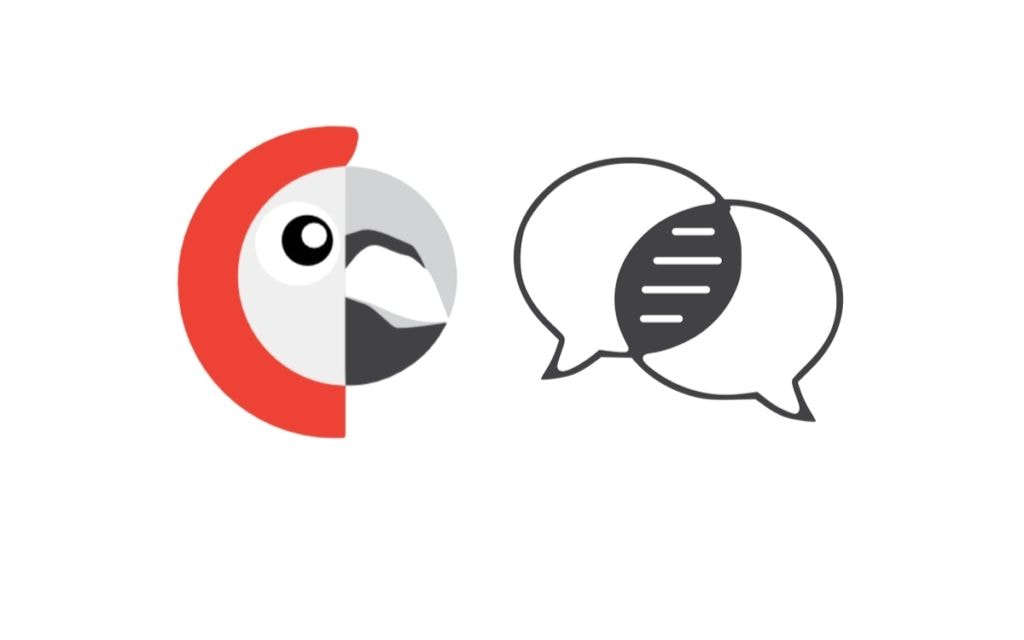
Polylang
Polylang maintains its position as the most popular free WordPress multilingual solution, offering unlimited language support without premium upgrade requirements. The plugin follows WordPress native approaches to content management, ensuring seamless integration with existing themes and plugins while maintaining lightweight performance characteristics.
Key Features:
- Completely free core plugin with unlimited language support
- WordPress-native content duplication and management
- Clean URL structure options supporting various internationalization strategies
- Extensive developer hooks for custom functionality implementation
- RTL language support for Arabic, Hebrew, and other right-to-left languages
Polylang Pro vs WPML Comparison: While WPML offers more advanced features and professional support, Polylang Pro ($99/year) provides excellent value for budget-conscious businesses. The pro version includes ACF integration, enhanced SEO features, and priority support while maintaining the plugin’s straightforward approach to multilingual management.
Polylang works best for developers and businesses prioritizing cost-effectiveness over advanced automation features, particularly when manual translation workflows are acceptable.
4. Weglot
Weglot pioneered automatic content detection systems that identify and translate all website elements, including complex JavaScript-generated content that traditional plugins often miss. This comprehensive approach makes Weglot an excellent Weglot alternative to more complex multilingual solutions requiring extensive manual configuration.
Key Features:
- Automatic content detection and translation of dynamic elements
- Built-in SEO optimization with proper hreflang and canonical tag implementation
- Integration with professional translation services for quality improvements
- Real-time translation editing with collaborative workflow support
- Advanced caching systems for optimal multilingual WordPress site speed optimization
Weglot Pricing: Plans start at $15/month for small websites, scaling to enterprise solutions exceeding $500/month. The subscription model includes hosting-based translation services, which differs from one-time purchase plugins like WPML and TranslatePress.
Weglot excels for businesses prioritizing quick implementation and automatic translation capabilities over manual control and cost optimization.
5. GTranslate
GTranslate provides the broadest language support available, offering 103 languages through Google Translate integration while maintaining SEO-friendly URL structures. The plugin serves as an excellent starting point for businesses testing international market opportunities before investing in premium multilingual solutions.
Key Features:
- 103 language options with Google Translate API integration
- Multiple URL structure formats including subdomain and subdirectory options
- Analytics integration for multilingual traffic tracking
- Customizable language switcher designs and placement options
- Free tier available with basic functionality
GTranslate works best for businesses requiring broad language coverage with automatic translation capabilities, though translation quality may vary compared to professional services.
6. Loco Translate
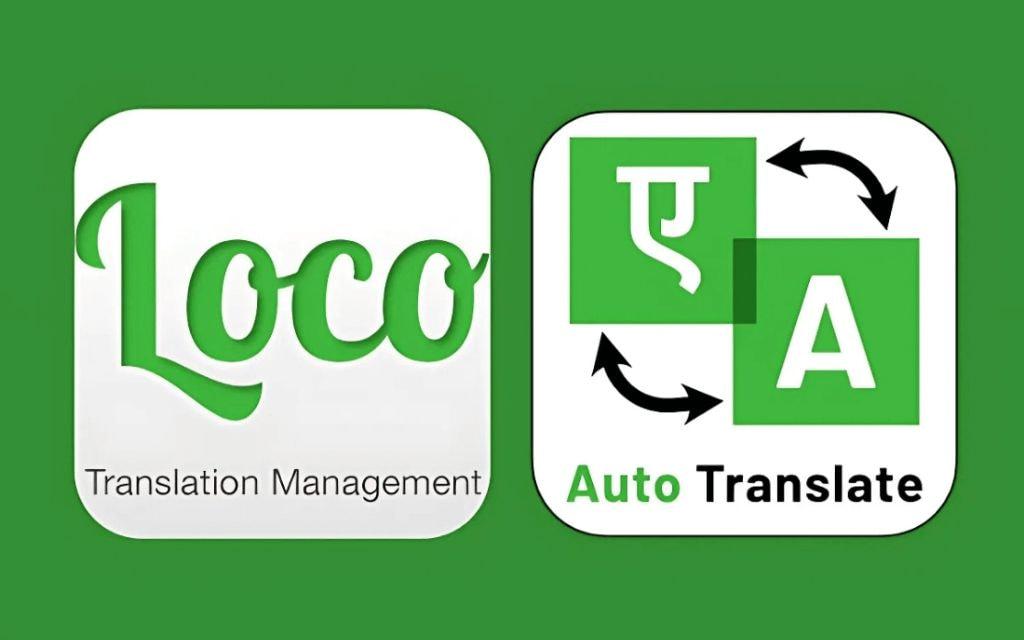
Loco Translate
Loco Translate specializes in theme and plugin translation rather than content translation, making it an essential tool for WordPress internationalization projects. The plugin provides intuitive interfaces for translating theme strings, plugin text, and administrative interfaces.
Key Features:
- In-browser translation editor for themes and plugins
- WordPress core translation management
- Translation template generation and management
- Integration with WordPress translation repositories
- Free with premium support options available
Loco Translate complements other multilingual plugins by handling technical translation requirements that content-focused solutions may overlook.
7. MultilingualPress
MultilingualPress offers a unique multisite-based approach to multilingual WordPress management, creating separate WordPress installations for each language while maintaining centralized management capabilities.
Key Features:
- Multisite network architecture for language separation
- Advanced security through site isolation
- Granular user permission management across language sites
- Custom post type and taxonomy translation support
- Enterprise-grade scalability for high-traffic websites
MultilingualPress suits enterprise implementations requiring maximum control and security isolation between language versions.
IV. Multilingual SEO Best Practices
1. Technical SEO Considerations
Proper hreflang tags implementation forms the foundation of successful multilingual SEO strategies. These tags inform search engines about language and regional targeting, preventing duplicate content penalties while ensuring appropriate language versions appear in relevant search results.
URL structure decisions significantly impact SEO performance and user experience. Subdirectory approaches (example.com/es/) offer the strongest domain authority benefits, while subdomains (es.example.com) provide clearer language separation. The choice depends on business goals, technical capabilities, and international SEO priorities.
2. Content Strategy for Multilingual SEO

Content Strategy for Multilingual SEO
Keyword research for multilingual websites requires understanding cultural context and search behavior variations across different regions. Direct translation rarely produces optimal results, as search patterns, competition levels, and user intent vary significantly between languages and geographical markets.
Translation quality directly impacts search rankings through user engagement metrics including bounce rate, time on site, and conversion rates. Professional WordPress translation services often provide better long-term SEO results compared to automatic translation systems, despite higher initial investment requirements.
3. Advanced SEO Features
Modern multilingual plugins increasingly incorporate neural machine translation integration with services like DeepL API, Microsoft Translator, and Amazon Translate. These AI-powered systems provide context-aware translations that better preserve meaning and cultural nuance compared to traditional statistical translation methods.
Translation memory systems enhance SEO consistency by maintaining uniform terminology across all language versions while reducing translation costs through intelligent content reuse. This approach particularly benefits e-commerce sites with large product catalogs requiring consistent multilingual descriptions.
V. Implementation Guide by Business Type
1. Small Business Implementation
Budget considerations often drive plugin selection for small businesses, making the best free WordPress translation plugin for small business a critical decision factor. Polylang’s free version provides comprehensive multilingual functionality without ongoing subscription costs, though manual translation requirements may increase time investment.
Step-by-step implementation begins with language planning based on target market analysis and customer demographic data. Priority languages should align with business objectives, website analytics insights, and competitive landscape analysis to maximize return on multilingual investment.
2. E-commerce Store Setup

E-commerce Store Setup
WooCommerce multilingual implementation requires careful consideration of product catalog translation strategies, currency conversion systems, and payment localization requirements. The question of how to translate WooCommerce store multiple languages involves technical decisions affecting inventory management, order processing, and customer service workflows.
WPML provides the most comprehensive WooCommerce integration, automatically synchronizing product translations, categories, and attributes while maintaining proper SEO structure. Alternative solutions like TranslatePress offer visual editing advantages but may require additional configuration for complex e-commerce functionality.
3. Enterprise Website Configuration
Large-scale multilingual implementations demand sophisticated translation workflow management systems supporting role-based access for translation teams, editors, and project managers. Enterprise solutions often integrate with professional translation platforms including Crowdin, Lokalise, and Lingotek for streamlined content localization processes.
Performance optimization becomes critical for high-traffic multilingual sites requiring advanced caching strategies, CDN configuration, and database optimization techniques. These technical considerations often necessitate collaboration between multilingual plugin specialists and infrastructure teams.
4. Agency and Developer Considerations
WordPress multilingual plugin for ecommerce stores and enterprise clients requires thorough compatibility testing with popular themes and plugins including Elementor, Yoast SEO, Advanced Custom Fields (ACF), Contact Form 7, and Gravity Forms. Plugin compatibility issues can derail project timelines and client satisfaction.
White-label solutions and custom development capabilities enable agencies to provide branded multilingual services while maintaining ongoing revenue through support and maintenance contracts. This approach often proves more profitable than one-time implementation services.
VI. Performance and Technical Considerations
1. Site Speed Impact Analysis
Multilingual WordPress site speed optimization requires understanding how different plugins handle database queries, content caching, and resource loading. WPML’s database-intensive approach may impact performance on shared hosting environments, while CDN-based solutions like Weglot often provide superior speed characteristics.
Caching strategies for multilingual sites must account for language-specific content delivery while maintaining proper cache invalidation across all language versions. Popular caching plugins often require configuration adjustments to work optimally with multilingual implementations.
2. Hosting and Infrastructure

Hosting and Infrastructure
Server location considerations become more complex with multilingual websites serving global audiences. CDN services help minimize latency across different geographical regions, while some hosting providers offer specialized multilingual WordPress hosting optimized for international content delivery.
Database structure implications vary significantly between multilingual plugins, with some creating separate tables for each language while others integrate translations within existing WordPress database structures. These architectural differences affect backup strategies, migration complexity, and hosting resource requirements.
VII. Cost Analysis and ROI Calculation
1. Plugin Pricing Breakdown
WordPress multilingual plugin discount opportunities appear regularly during seasonal promotions and special events. However, businesses should evaluate total cost of ownership including translation services, maintenance requirements, and potential hosting upgrades rather than focusing solely on plugin licensing costs.
One-time purchase plugins like WPML offer predictable cost structures compared to subscription-based services requiring ongoing monthly or annual payments. Long-term cost projections should include support renewal fees, major version upgrades, and potential plugin switching costs if requirements change.
2. ROI Metrics and Measurement

ROI Metrics and Measurement
International traffic increases typically range from 15-40% within the first year of multilingual implementation, with specific results depending on target languages, competition levels, and content quality. Conversion rate improvements often exceed traffic increases as user experience localization reduces friction in international purchasing decisions.
Customer acquisition costs generally decrease in non-English markets due to reduced competition and higher user engagement rates. These factors often offset multilingual implementation costs within 12-18 months for most business models.
VIII. Common Challenges and Solutions
1. Technical Issues and Troubleshooting
Plugin conflicts represent the most common technical challenge in multilingual WordPress implementations. How to set up language switcher WordPress functionality often involves theme customization and CSS adjustments that may conflict with existing design elements or JavaScript functionality.
WordPress translation plugin compatible with Elementor requirements have become increasingly important as visual page builders gain popularity. Not all multilingual plugins provide seamless integration with these design tools, potentially limiting creative flexibility or requiring workaround solutions.
2. Content Management Challenges
Translation workflow organization becomes complex as content volume grows across multiple languages. WordPress plugins translate custom post types functionality varies between solutions, with some requiring manual configuration for each custom post type while others provide automatic detection and translation capabilities.

Content Management Challenges
Content synchronization challenges arise when original language content updates require propagation across all translated versions. Manual translation workflows may create delays and inconsistencies without proper project management and quality control processes.
3. SEO and Marketing Challenges
Multilingual WordPress menu navigation setup often requires careful planning to maintain user experience consistency while providing clear language switching capabilities. WordPress hreflang implementation multilingual sites must avoid common technical errors that can negatively impact search engine visibility.
Automatic WordPress content translation API integration offers convenience but may produce inconsistent results requiring manual review and editing. The balance between WordPress automatic translation vs manual translation depends on content type, quality requirements, and available resources.
IX. Frequently Asked Questions
What’s The Difference Between Free And Paid WordPress Multilingual Plugins?
Free plugins like Polylang offer basic multilingual functionality including unlimited languages and manual translation capabilities. Paid plugins provide advanced features such as automatic translation integration, professional translation service connections, advanced SEO tools, priority support, and compatibility with premium themes and plugins. The choice depends on your budget, technical requirements, and desired level of automation.
Which WordPress Multilingual Plugin Is Best For SEO?
WPML and TranslatePress are considered the best for SEO due to their comprehensive hreflang implementation, proper URL structure handling, and integration with popular SEO plugins like Yoast. WPML offers the most advanced SEO features including automatic XML sitemap generation for all languages, while TranslatePress provides cleaner URL structures and better page speed optimization.
Can I Switch Between WordPress Multilingual Plugins Without Losing Content?
Switching between multilingual plugins is possible but requires careful planning. Most plugins offer migration tools, but the process varies in complexity. WPML provides import tools for other plugins, while some content may need manual recreation. Always backup your site before switching and consider professional assistance for complex migrations to avoid data loss.
How Do WordPress Multilingual Plugins Affect Website Speed?
Multilingual plugins can impact site speed depending on their architecture. WPML may slow sites due to additional database queries, while TranslatePress and Weglot typically have minimal performance impact. The effect depends on implementation method, number of languages, content volume, and hosting quality. Proper caching and optimization can mitigate most performance issues.
Do I Need Separate Hosting For Each Language Version Of My Website?
No, WordPress multilingual plugins manage all languages within a single WordPress installation on one hosting account. However, for optimal performance in different regions, you might consider CDN services or geo-distributed hosting. The plugin handles language switching and content delivery without requiring separate hosting plans or domains.
X. Conclusion
Selecting the right WordPress multilingual plugin requires careful consideration of your business objectives, technical requirements, and long-term international expansion goals. WPML remains the enterprise standard for complex multilingual projects, while TranslatePress offers excellent visual editing capabilities for content creators. Polylang provides outstanding value for budget-conscious businesses, and Weglot delivers quick deployment solutions for rapid international market entry.
Success in multilingual WordPress implementation extends beyond plugin selection to encompass comprehensive internationalization strategy, cultural adaptation, and ongoing optimization efforts. Whether you’re exploring how to make WordPress website multilingual without plugin alternatives or seeking the WordPress multilingual SEO best practices 2024, the key lies in aligning technical solutions with business objectives and user experience requirements.
For professional WordPress multilingual setup services and expert guidance in selecting the optimal solution for your specific needs, Temply Studio offers comprehensive consulting and implementation services that ensure successful international website launches and ongoing optimization support.

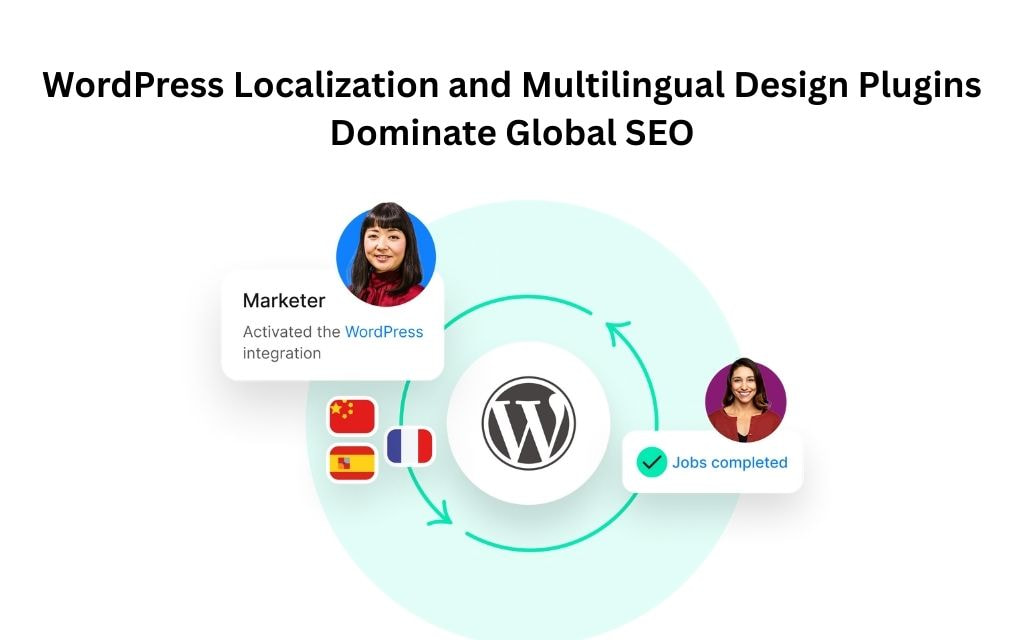




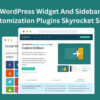

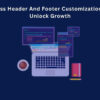
Add comment